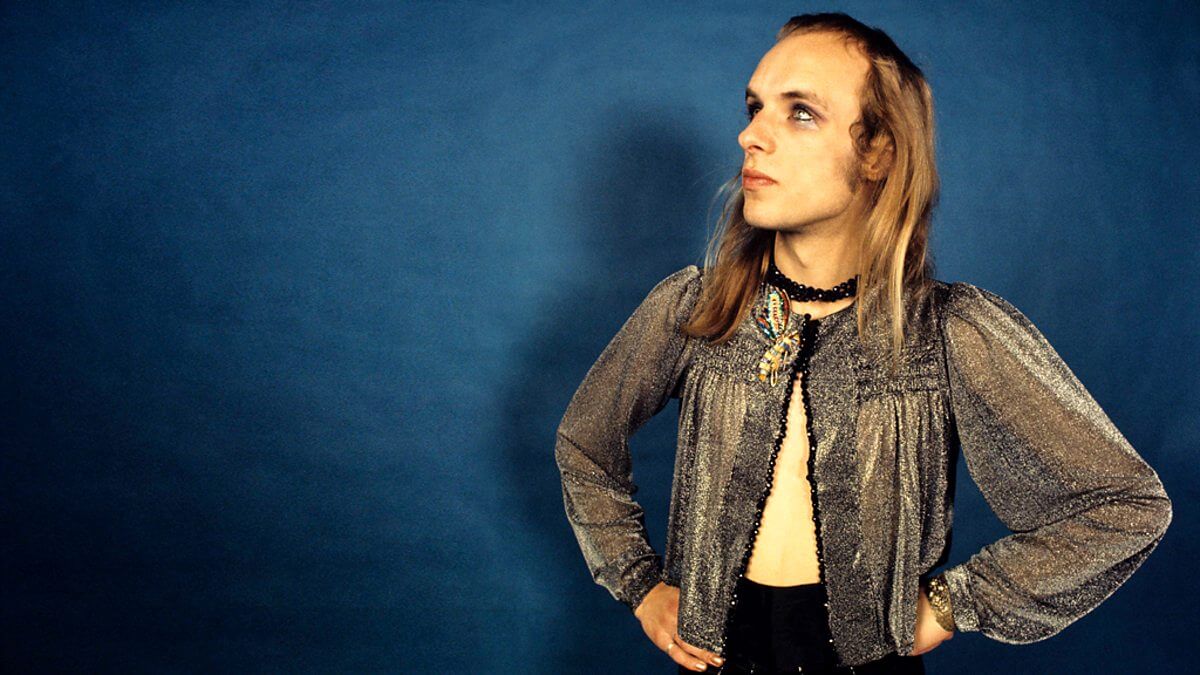
The DX7 quickly became a staple in ’80s pop.ĭespite its popularity, the DX7 was a complicated machine. FM synthesis could imitate acoustic instruments like brass, and introduced different styles of ‘struck’ and ‘plucked’ sounds as presets. Analogue synths were usually described as warm and fuzzy/hairy sounding, while FM synthesizers were harsh and chilly. After the advent of FM synthesis at Stanford University, Yamaha licensed the technology to build the most successful digital synthesizer in history.įM synthesis introduced ‘glassier’ sounds that analogue synthesizers couldn’t replicate. Analogue synths dominated the market in the early 1980s, but they were expensive beasts and stale sounding by that time. The DX7 is one of the best-selling synthesizers ever made.
ORIGINAL YAMAHA DX7 PATCHES MANUAL
Digital Suburban points to the original hardware DX7 manual as supporting documentation for Dexed VST. The latest build introduced support for Apple Silicon M1 chips. It is also possible to save a single program into a different SysEx file.ĭexed VST is currently in version 0.9.6 it’s been out for quite some time, though only receives occasional updates. Can load/save any DX7/TX7 SysEx programs.Each operator has a realtime VU meter to see which one is active.
ORIGINAL YAMAHA DX7 PATCHES PATCH
This means that you can use this with a native DX7/TX7 as a patch editor and SysEx manager.


Dexed functions as a standalone software synthsizer, as well as an editor for hardware DX7s via MIDI I/O settings in the plugin.


 0 kommentar(er)
0 kommentar(er)
